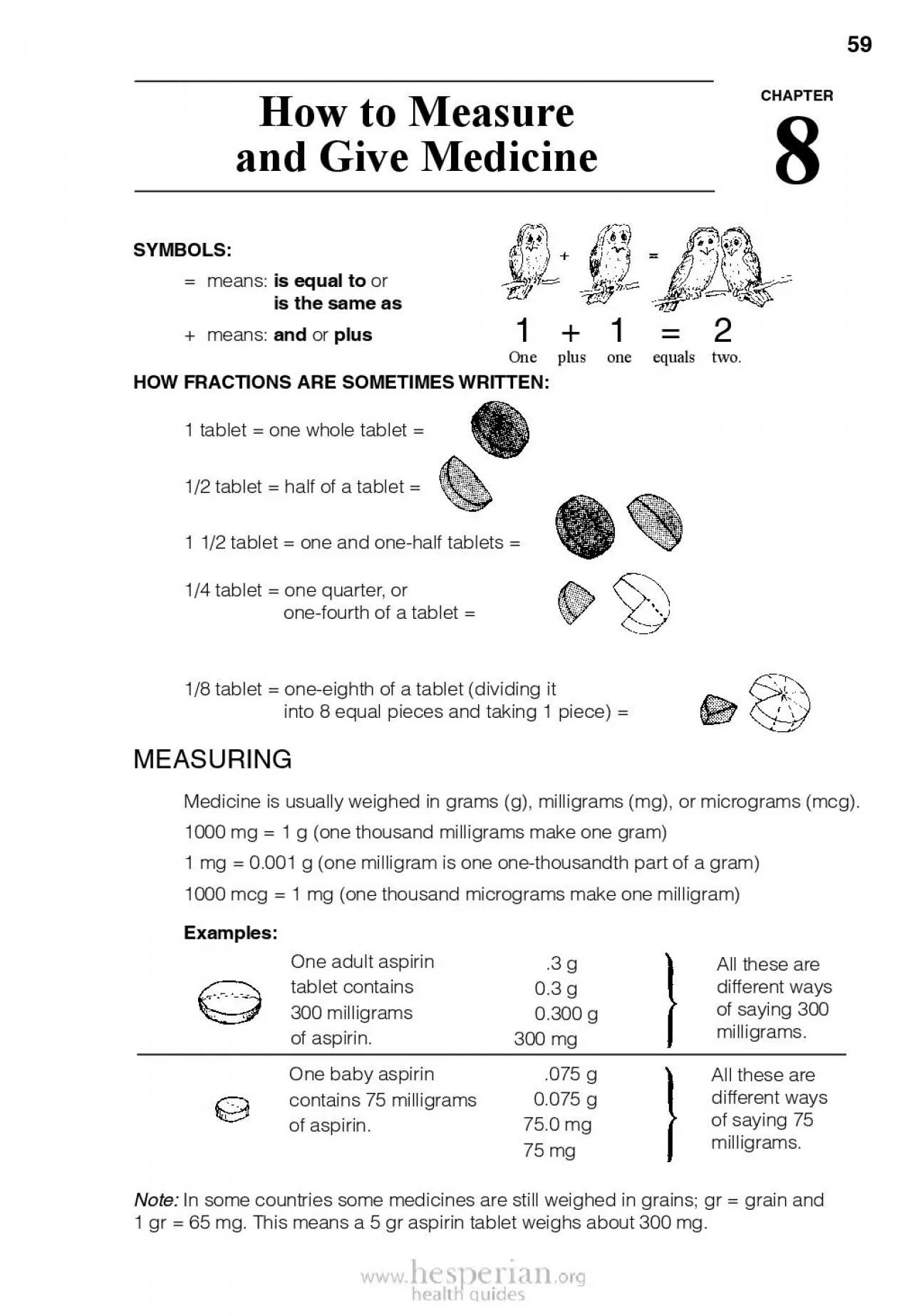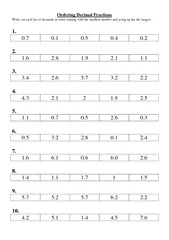PDF-HOW FRACTIONS ARE SOMETIMES WRITTEN14 tablet one quarter or
Author : abigail | Published Date : 2022-10-12
CHAPTER8 All these are dix00660066erent ways All these are dix00660066erent ways How to Measure1 1 2 a baby aspirin Both are equal and the piece of adult aspirin
Presentation Embed Code
Download Presentation
Download Presentation The PPT/PDF document "HOW FRACTIONS ARE SOMETIMES WRITTEN14 ta..." is the property of its rightful owner. Permission is granted to download and print the materials on this website for personal, non-commercial use only, and to display it on your personal computer provided you do not modify the materials and that you retain all copyright notices contained in the materials. By downloading content from our website, you accept the terms of this agreement.
HOW FRACTIONS ARE SOMETIMES WRITTEN14 tablet one quarter or: Transcript
Download Rules Of Document
"HOW FRACTIONS ARE SOMETIMES WRITTEN14 tablet one quarter or"The content belongs to its owner. You may download and print it for personal use, without modification, and keep all copyright notices. By downloading, you agree to these terms.
Related Documents














